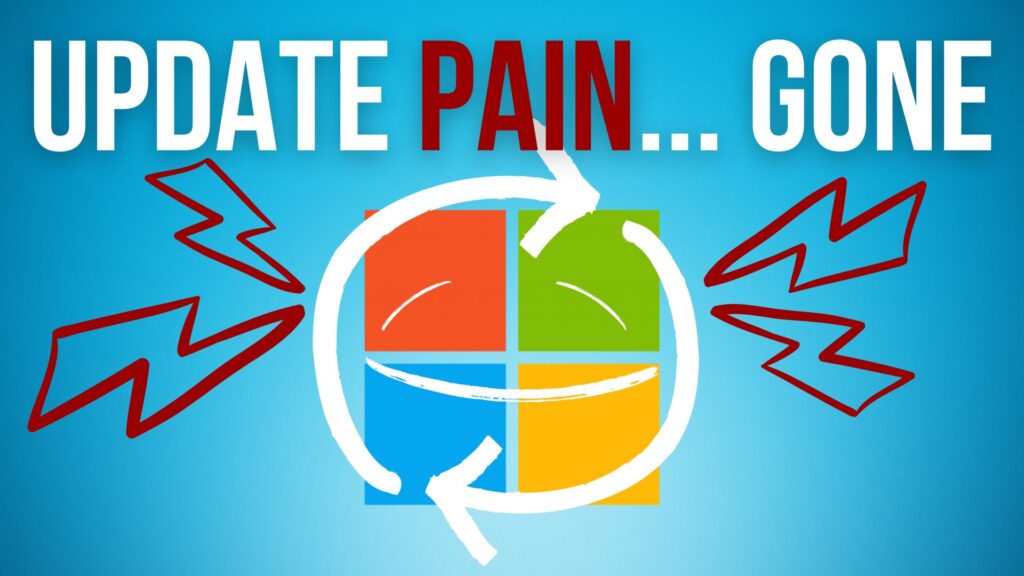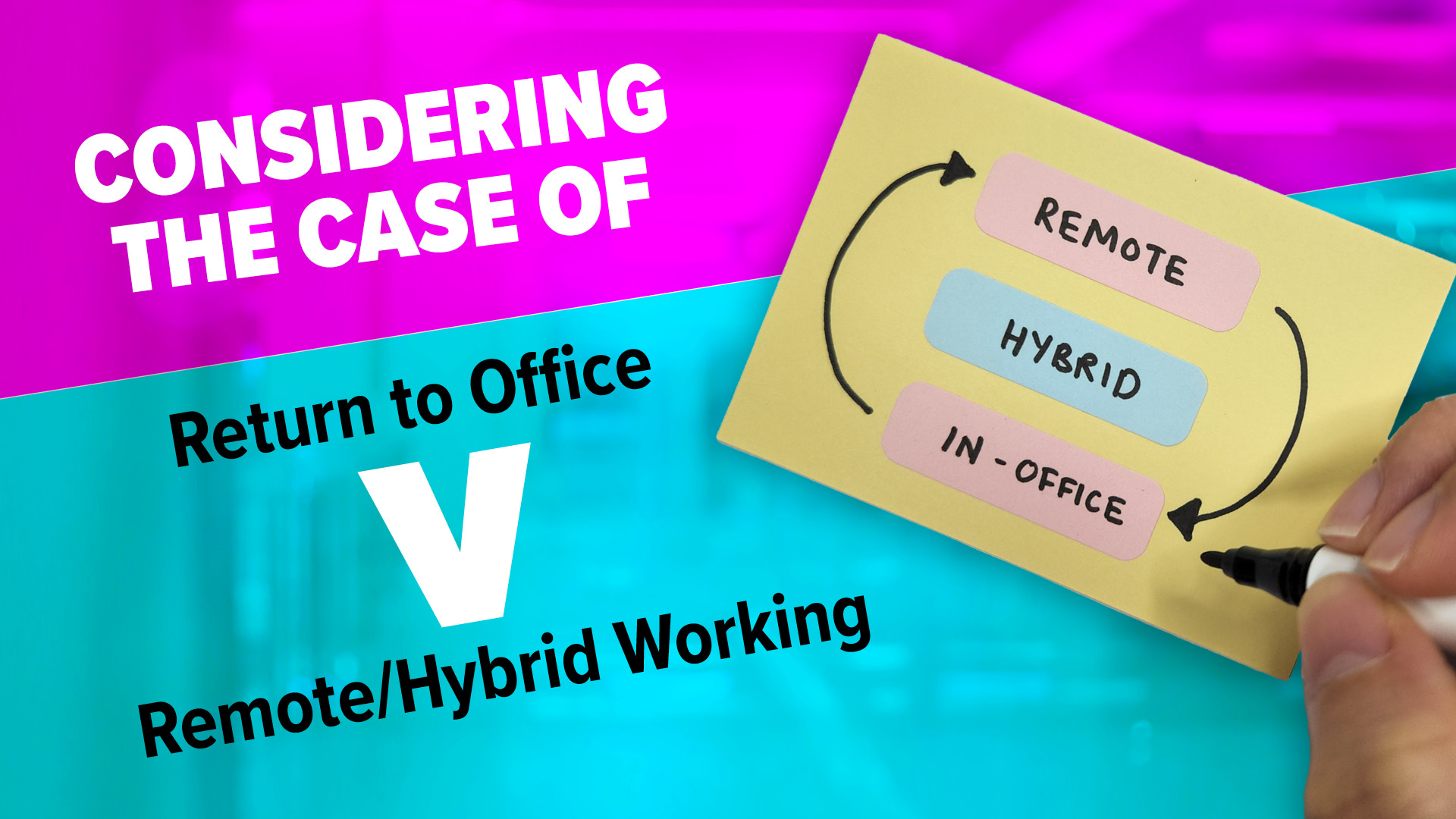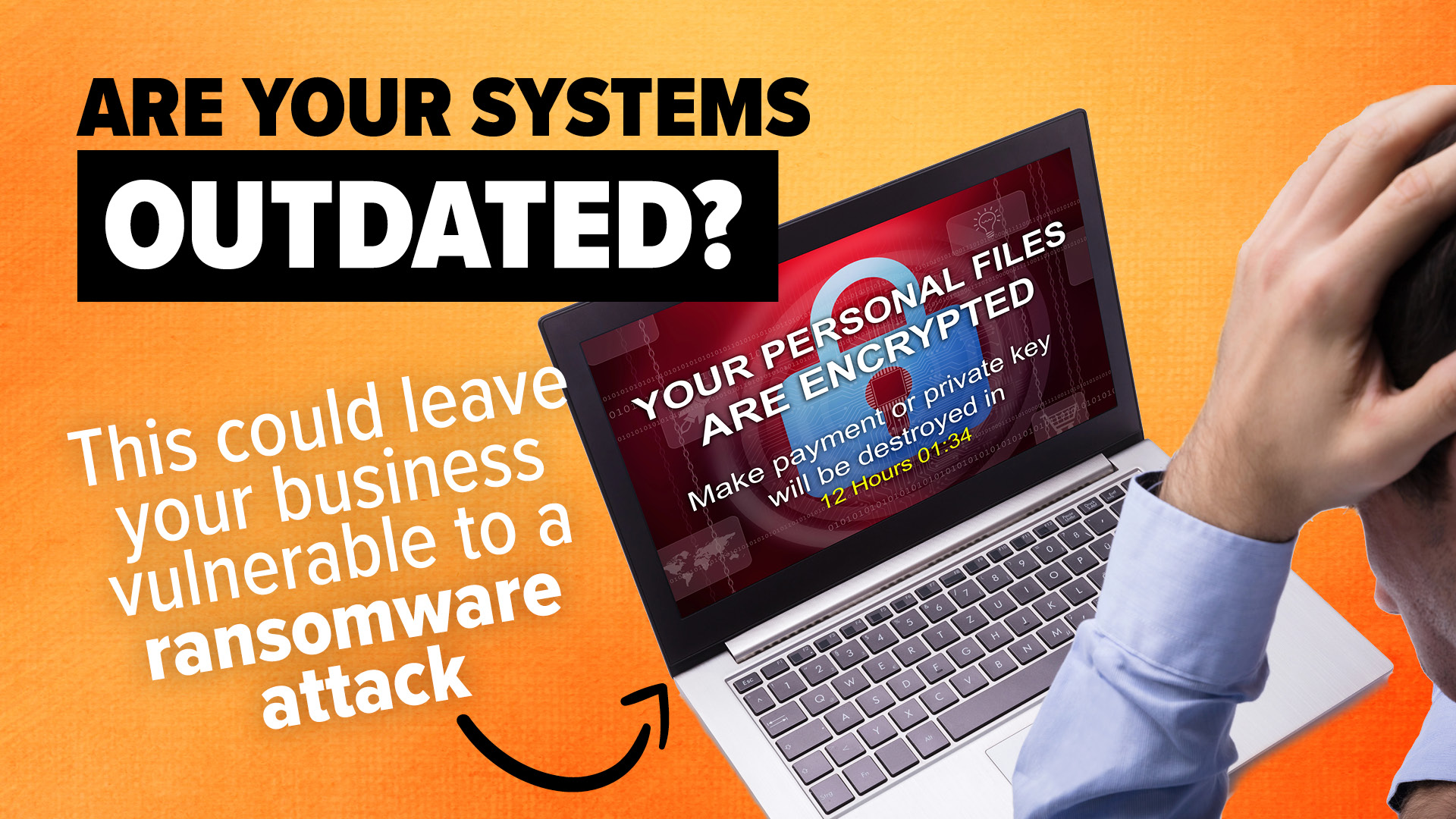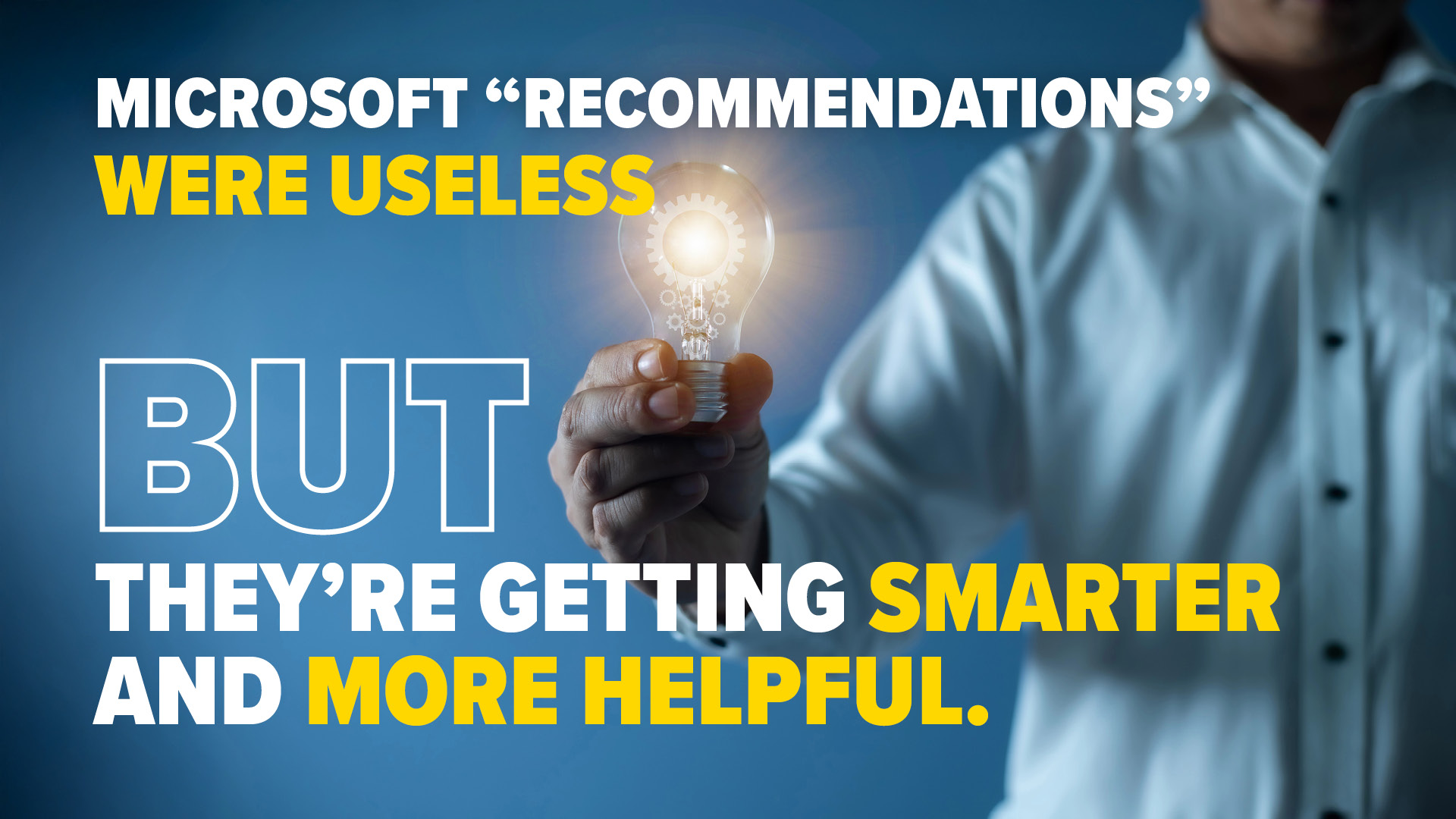If you’re like most people, you probably find system updates a hassle. They take ages, and those big downloads eat up precious bandwidth and storage. Good news then: Microsoft is about to make your life a whole lot easier with the upcoming Windows 11 24H2 update.

It’s introducing something called ‘checkpoint cumulative updates.’ That might sound a bit technical, but don’t worry—it’s simple and very beneficial.
Normally, Windows gets its updates every month. These are known as cumulative updates, which bundle all the latest fixes and enhancements together. These bundles can be large and take a while to download and install.
The new checkpoint cumulative updates change this process. Instead of downloading a big update every time, your system will now receive smaller updates more frequently. These are tweaks to the last major update or checkpoint.
So, what does this mean for your business? It’s great news… You’ll spend less time waiting for updates to finish so you can get back to work.
And, if you have a limited internet connection, smaller updates are a blessing. They use less bandwidth, so less chance of interrupting someone else’s video call.
The best part? All of this happens automatically through Windows Update. You don’t need to do anything differently. Your system will keep running smoothly, with most updates happening in the background. This seamless experience ensures that your work is not interrupted.
This isn’t the first time Microsoft has streamlined updates. When Windows 11 was first launched, Microsoft used new compression technology to reduce the size of updates by 40%. With the 24H2 update, they’re taking it a step further to ensure that your experience is even more efficient.
Another advantage of this new update strategy is improved security. Smaller, more frequent updates mean that security patches can be delivered more rapidly. In an era where cyber threats are constantly evolving, having the latest security measures in place is crucial.
The checkpoint cumulative updates allow Microsoft to respond quickly to vulnerabilities, pushing out fixes in a more timely manner. This ensures that your systems are always protected against the latest threats, reducing the risk of data breaches or other security incidents.
Moreover, businesses that rely on critical software can benefit significantly from this streamlined update approach. In the past, the installation of large cumulative updates sometimes led to compatibility issues or unexpected downtime as systems rebooted to finalize updates. With the new checkpoint cumulative updates, those disruptions are minimized, ensuring that your software remains compatible and your operations continue without a hitch. This is especially important for industries where every minute of uptime counts, such as healthcare, finance, and manufacturing.
Finally, this shift aligns with Microsoft’s broader vision of making Windows a more cloud-connected and intelligent platform. By focusing on smaller, more efficient updates, Microsoft is not just improving the user experience but also laying the groundwork for a future where updates could be even more intelligent, personalized, and perhaps even predictive.
As the software giant continues to innovate, businesses that adopt these updates will find themselves better positioned to leverage the full potential of Windows, making their operations more resilient and adaptive in a rapidly changing digital landscape.
It’s also worth noting that while this new update system will be standard for Windows 11 and the upcoming Windows Server 2025, it’s less likely to be implemented for Windows 10, as that version is nearing its end of life. This means there’s even more incentive to upgrade your business to Windows 11 if you haven’t already.
Want to migrate to Windows 11 with zero hassle? We’re the people to talk to.








